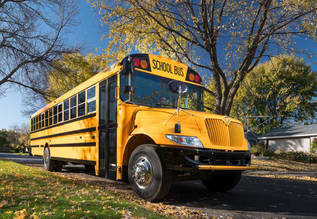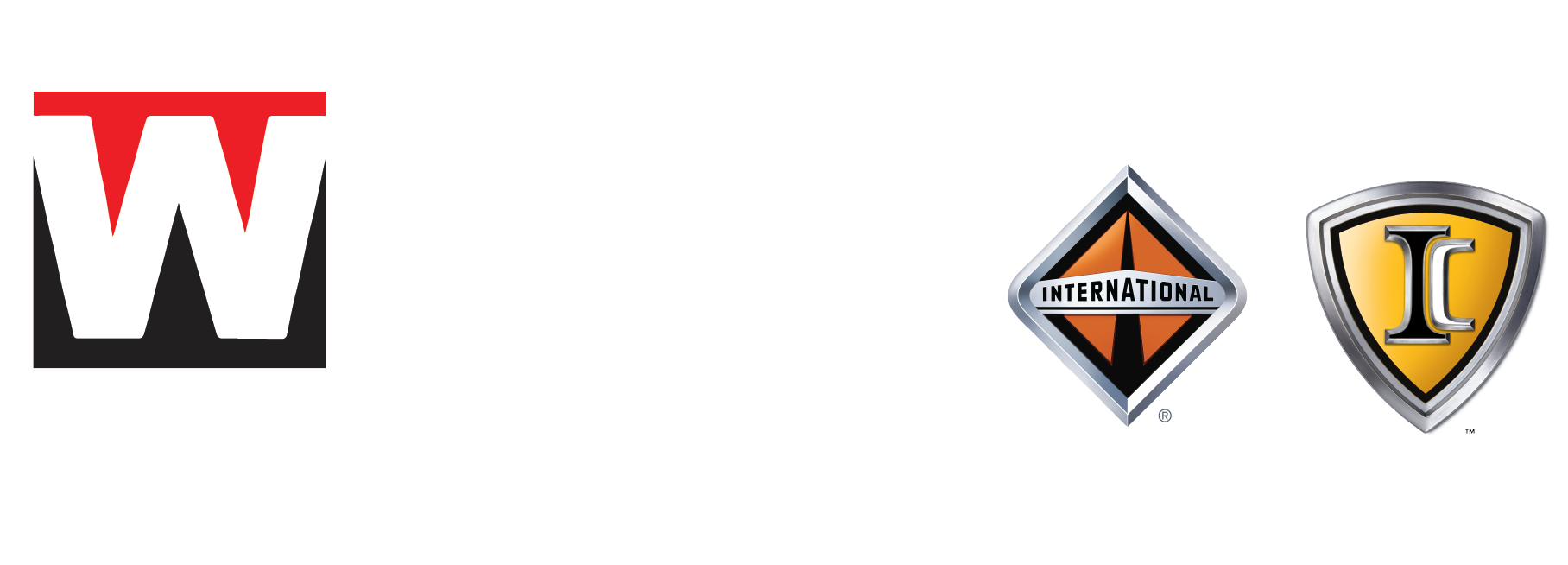
If you have often wondered why school buses don’t always look alike, you have arrived at the right place. As your local school bus dealer, we at White International Trucks know a thing or two about school buses. That’s why our experts have taken this opportunity to provide you with a breakdown of some of the most common school buses available.
Read on to learn more, and for more information, connect with our friendly team. We have multiple locations throughout North Carolina, so reach out today.
The Basics
A school bus transports children to and from school as well as school events. For safety, the National Traffic and Motor Vehicle Safety Act requires that all school buses meet applicable Federal Motor Vehicle Safety Standards (FMVSS).
As you may know, the safety regulations for school buses are different from those for city buses and standard commuter vehicles. That’s why you’ll want to make sure you’re familiar with them before you drive one.
Type A
Type A school buses are the most compact type, and they can seat about 10 to 16 passengers each. They are made from either van conversions or a cutaway front section with a left-side driver’s door.
There are two subgroups of this type of bus: Type A1, with a Gross Vehicle Weight Rating (GVWR) of 10,000 pounds or less, and Type A2, with a GVWR of over 10,000 lbs. Typically, this includes the weight of passengers, fuel, the vehicle itself, and all other items inside it.
Type B
The next type is the Type B buses, which are less commonly seen on the road these days. However, they meet all the specific requirements as listed down by the FMVSS.
These buses are quite large, and the body of these vehicles is attached to a front-section chassis. While there is a passenger door behind the front wheels, a portion of the engine is near the driver’s seat, behind the windshield. Type B buses have a GVWR of over 10,000 lbs., which is why they can easily transport 10 to 30 passengers.
Type C
Type C is perhaps the most seen and one of the bigger types of a school bus. Models in this category fall between 23,500 and 29,500 lbs. and can seat about 10 to 54 passengers.
The unique design of these vehicles lets the engine sit at the front while the entrance door is behind the front wheels. The foundation of this type of bus can vary. It can be either a chassis with a hood assembly, a cutaway truck chassis, or a truck chassis with a cab.
Type D
Finally, you have the Type D school bus, the largest version available on the market. These models resemble a transit-style bus with a flat front, and their engine can be mounted either in the front of the vehicle, middle, or rear.
The GVWR of Type D buses ranges between 25,000 and 36,000 lbs., and they can carry up to 10 to 54 passengers.
We hope this guide helps you figure out the perfect school bus type you’ll want to add to your fleet. To look at a few models in person, come down to White International Trucks. We have multiple locations throughout North Carolina, so visit one nearest to you.
